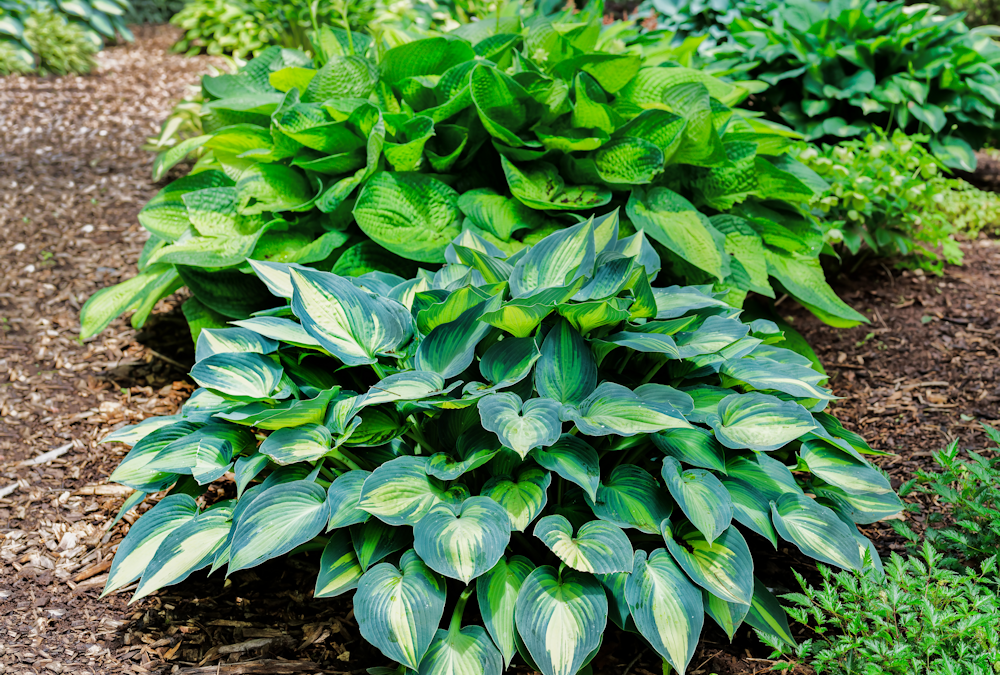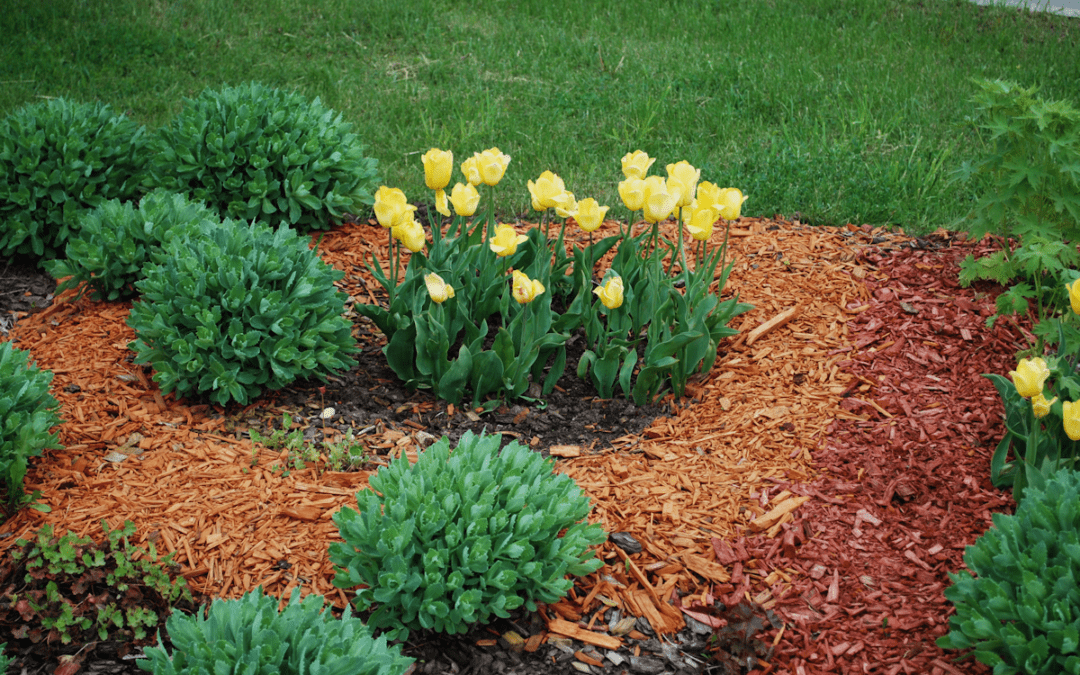
Learn About Hostas
Botanical Names: Hosta, astilbe, golden hakone grass (Hakonechloa macra ‘Aurea’), lungwort (Pulmonaria), Siberian bugloss (Brunner macrophylla)
Splash some color into your yard’s shady corners by planting hostas. These leafy plants are perennial favorites, and growing hostas isn’t reserved for experienced gardeners. Learning how to grow hostas isn’t difficult — it’s actually one of the easiest perennials to tend. Glean some tips on when to plant hostas, how to plant hostas and what to plant with hostas.
Not sure when to plant hostas? The good news is that timing isn’t too critical. Most gardeners tackle planting hostas in the spring or fall. In spring, you can plant bareroot or potted hosta plants. Be sure soak bareroot hostas in water for a few hours before planting. For fall planting, you’ll probably use potted hostas. You can often find potted hostas on discount at garden centers in early fall. The trick with fall-planted hostas is timing. Aim to be planting hostas several weeks before the soil freezes. This gives plants plenty of time to sink roots before harsh weather arrives.
It’s not challenging to learn how to plant hostas. Start by determining where to plant hostas. Most hostas like shady conditions, but newer sun tolerant hostas can withstand morning or, with some varieties, all day sun. Start planting hostas by digging a hole and adding organic matter. Compost, composted manure, ground tree bark or other locally available materials provide ideal sources of organic matter, which helps soil retain water so it’s readily available to plant roots.
Dig planting holes that are wider than deep. Hostas aren’t especially deep-rooted but do tend to extend roots out to the edges of leaves. Make your hole wide enough so that roots fit without being folded. Tuck the hosta into the hole so that it sits at the same depth it did in the pot. Backfill the hole, and cover the bare soil with mulch.
One common problem gardeners find when growing hostas is that small critters like voles can cause serious damage to plants over winter. When adding mulch to cover soil, don’t pile it against hosta plant stems because this can trigger fungus diseases to attack leaf stems. You also don’t want to add a thick layer of mulch, which gives voles a place to tunnel and hide. Instead, add a 1- to 2-inch-thick layer, keeping it pulled back from the crown of the plant.
As you choose what to plant with hostas, you might consider traditional partners, like lacy ferns, astilbe and golden hakone grass (Hakonechloa macra ‘Aurea’). These plants unfurl leaves that provide a feathery, lacy textural contrast to the broad leaves of hosta plants. Other perennials that pair well with hosta include variegated cultivars of plants like lungwort (Pulmonaria) and Siberian bugloss (Brunnera macrophylla).
All data herein is for information purposes and gathered from an outside source.
Need a Landscape Design, Hardscape or Maintenance?
Send Request for More Information:





© 2023 Aztech Landscaping of Sandwich, IL provides landscaping services and decorative stone patios.
Popular service areas include: Lake Holiday, Oswego, Sandwich, Sugar Grove, and Yorkville. (see more areas)
website design by Willow Marketing Solutions









